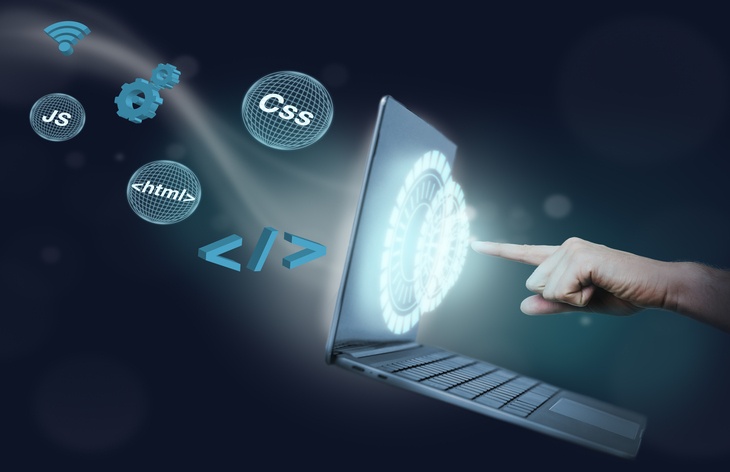
Introduction:
Serverless computing has revolutionized the way applications are deployed and managed, offering a more efficient and cost-effective approach. This guide is crafted for system administrators keen on embracing serverless computing within a Linux environment. It delves into the core principles, benefits, and practical implementation steps, providing a comprehensive roadmap for navigating this transformative landscape.
Understanding Serverless Computing:
The guide begins by defining serverless computing and elucidating its fundamental principles, highlighting the transition from traditional server-based architectures to event-driven, serverless models.
Benefits of Serverless Computing for System Administrators:
Exploring the advantages serverless computing brings to system administrators, including cost efficiency, automatic scaling, reduced maintenance, and improved resource allocation.
Linux as the Foundation for Serverless:
Discussing the symbiotic relationship between serverless computing and Linux, emphasizing Linux's role in supporting serverless functions and containers.
Serverless Frameworks for Linux:
Introducing popular serverless frameworks compatible with Linux, such as AWS Lambda, Azure Functions, Google Cloud Functions, and open-source options.
Containerization and Serverless:
Exploring the connection between containerization (e.g., Docker) and serverless computing, and how containers enhance portability and consistency in serverless applications.
Event-Driven Architecture in Serverless:
Defining event-driven architecture as a core concept in serverless computing and providing examples of events triggering serverless functions.
Linux Tools for Serverless Development:
Identifying Linux-based tools that streamline serverless development workflows, including CLI tools, SDKs, and integrated development environments (IDEs) for serverless applications.
Integration with Cloud Providers:
Exploring the integration of serverless computing with major cloud providers and leveraging cloud services for deployment, event handling, and scaling.
Securing Serverless Applications on Linux:
Addressing security considerations specific to serverless computing on Linux, covering authentication, authorization, and securing serverless functions.
Monitoring and Debugging in a Serverless Environment:
Discussing strategies and tools for monitoring and debugging serverless applications, tracking performance, errors, and resource utilization.
Managing Dependencies and Libraries:
Exploring best practices for managing dependencies and libraries in serverless functions, optimizing function size, and reducing latency.
Serverless Orchestration and Workflows:
Introducing serverless orchestration tools and coordinating multiple functions to create complex workflows.
Data Storage and Serverless Applications:
Discussing data storage approaches in serverless applications and integrating functions with databases and storage solutions.
Scaling Strategies for Serverless Linux Applications:
Exploring automatic scaling strategies and optimizing resource allocation for varying workloads.
Serverless Cost Management on Linux:
Providing insights into cost management in serverless computing, understanding pricing models, and optimizing resource consumption.
Disaster Recovery and Resilience:
Discussing strategies for disaster recovery and ensuring continuous availability in serverless environments.
Training and Skill Development:
Recommendations for acquiring serverless skills through online courses, documentation, and hands-on labs.
Community Engagement and Future Trends:
Encouraging engagement with the serverless community, staying updated on trends, and contributing to the ecosystem.
Conclusion:
Summarizing key takeaways and actionable steps for system administrators adopting serverless computing with Linux, emphasizing its transformative potential in enhancing efficiency and scalability.











